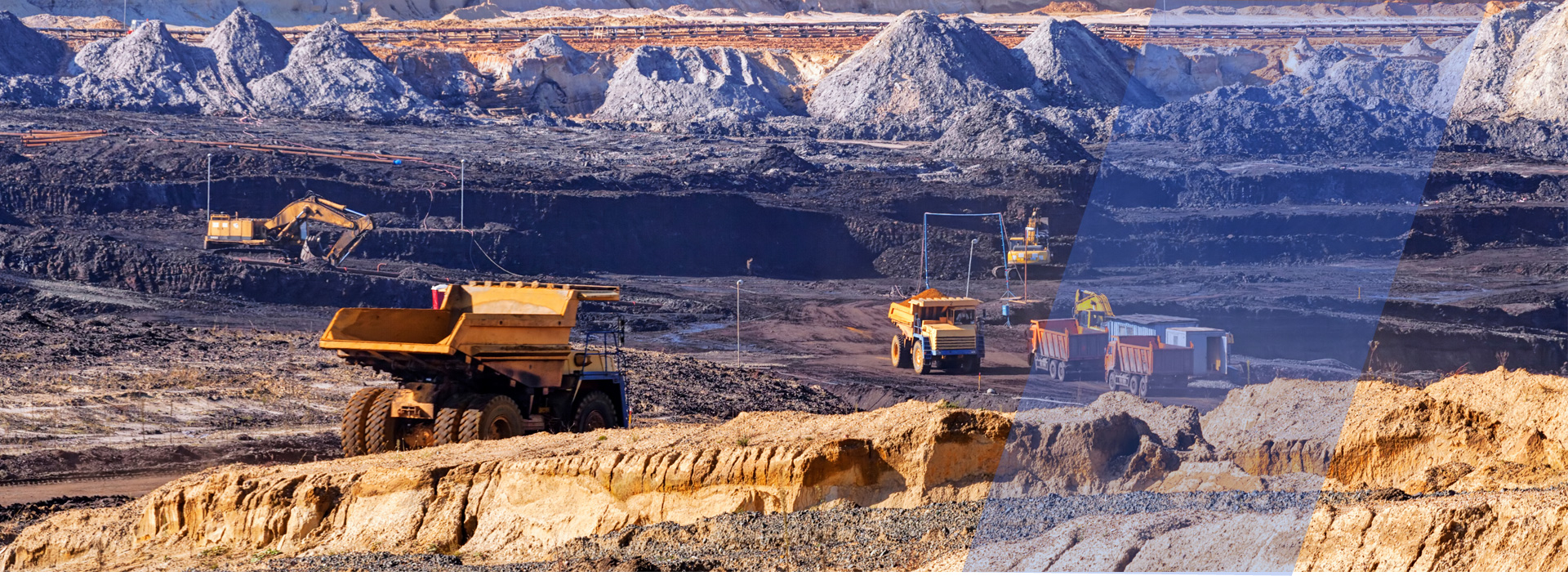
Coal
Electricity demand has continued to increase over the past four decades. Demand has grown largely due to the emergence of new technologies as well as the urbanization and modernization of populations in emerging economies.
Metallurgical Coal is used as an ingredient for Blast furnace in Steel making process.
Where Coal Comes From?
- Coal deposits can be traced to many eras, but the most abundant came from lush forests in the warm, swampy river deltas some 320 million years ago. Coal was created through a series of powerful geological events over millions of years. When plants died, they formed a thick layer that was buried under prehistoric forests and seas. Eventually, the plant matter changed into a substance called peat. Massive layers of sand and sediments covered the peat, and as they became more compact, the ever-increasing pressure and heat transformed peat into coal.
How Coal is Transformed into Electricity?
Electricity lights, heats and cools our lives, and serves as the backbone of our transportation, communication, healthcare, manufacturing and technology systems. Converting coal into electricity is a multi-step process:
- Coal is pulverized into a fine powder, and mixed with hot air.
- The combination is transferred to a furnace, and heats a boiler containing water to create steam. Steam turns a turbine engine, transforming heat energy from burning coal into mechanical energy.
- The spinning turbine powers a generator, which transforms the mechanical energy into electric energy.
- A condenser cools the steam, turning it back into water that returns to the boiler.
- A transformer transmits electricity from the power plant, along transmission lines to substation transformers, and then to distribution lines, which can be either above or below ground. These distribution lines deliver electricity into our homes and businesses.

